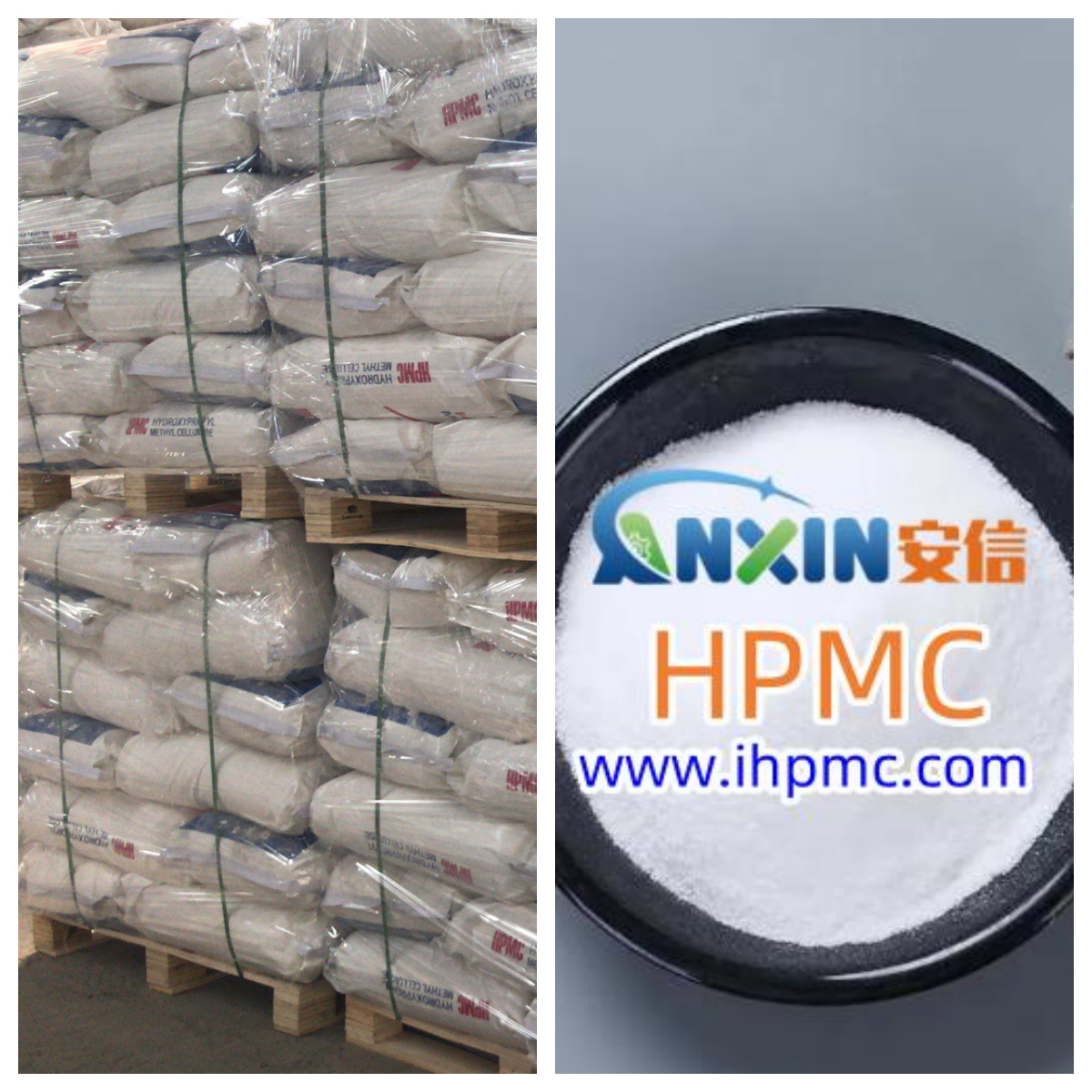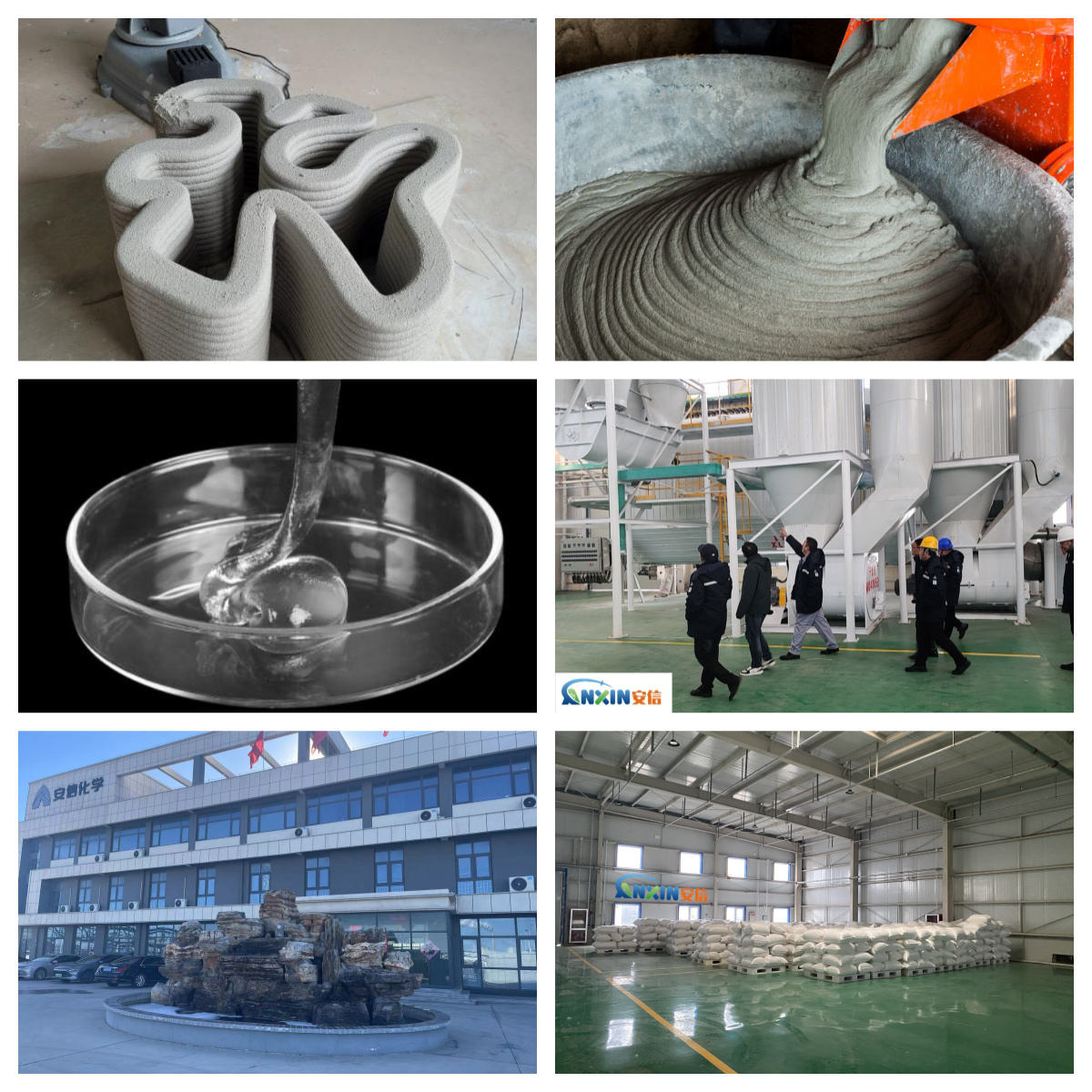Hydroxypropyl Methyl Cellulose (HPMC) is a non-ionic cellulose ether with extensive and important applications in the construction industry. Due to its good water retention, thickening, adhesion, film-forming and processability, HPMC is widely used in cement mortar, gypsum-based materials, tile adhesives, self-leveling floors, waterproof coatings and other construction products, and has become an indispensable functional additive in modern dry-mixed mortar.
1. The main application areas of HPMC in construction
1.1. Cement mortar and dry-mixed mortar
The most important role of HPMC in cement mortar is to improve water retention and construction performance. During the construction of cement mortar, HPMC can prevent water from being absorbed too quickly by the base or air, thereby ensuring that the cement is fully hydrated and enhancing the strength of the mortar. At the same time, it can also improve the fluidity and operability of the mortar, and avoid problems such as cracking and shelling.
In dry-mixed mortar, HPMC plays the following key roles:
Enhance water retention and improve strength and durability in the later stage of construction;
Improve lubricity and workability, making mortar easier to scrape;
Improve anti-sagging, which is especially important for mortar used for facade construction.
1.2. Tile adhesive and tile grout
Adding HPMC to tile adhesive can provide good sliding resistance and initial adhesion, ensure that tiles are attached without sliding, and improve the quality of paving. At the same time, HPMC gives tile adhesive excellent delayed opening time and flexibility, making it suitable for large-size tiles and high-temperature construction environments.
Adding HPMC to tile grout can improve its storage stability, workability and waterproofness, and effectively prevent the grout from shrinking or powdering during the drying process.
1.3. Gypsum-based products
HPMC is an ideal modifier for gypsum plaster, gypsum board, and gypsum putty. Its water retention effect can slow down the hydration rate of gypsum, facilitate construction operations, and prevent cracks caused by drying too quickly. For mechanical sprayed gypsum, HPMC can also provide good pumpability and vertical adhesion.
1.4. Self-leveling floor
Self-leveling mortar requires high fluidity and stability. HPMC can effectively control rheology, prevent water seepage and sedimentation, and maintain good flowability, making the ground leveling smoother and more efficient.
1.5. External Insulation System (EIFS)
In the external wall insulation system, HPMC is often used in bonding mortar and plastering mortar to enhance its crack resistance, flexibility and weather resistance. HPMC can also ensure reliable bonding between the insulation board and the base layer, extending the overall life of the system.
1.6. Waterproof coating
Adding HPMC to water-based waterproof coating can not only improve the stability and film-forming properties of the coating, but also improve the smoothness and uniformity of the construction. Especially in cement-based waterproof materials, HPMC can improve the overall flexibility and bonding strength and prevent water seepage from microcracks.
2. The main mechanism of action of HPMC
2.1.Water retention:
HPMC has excellent water absorption and water lock ability, which can keep the water required for cement or gypsum hydration on porous base surfaces or under high temperature and dry conditions, which helps to improve the final strength and crack resistance.
2.2. Thickening effect:
HPMC can significantly improve the viscosity and stability of building slurry, thereby improving construction performance, making the material less prone to sagging and easy to operate.
2.3. Improve construction performance:
HPMC gives building materials good lubricity and operability, making scraping and smearing easier and smoother.
2.4. Enhanced bonding performance:
By improving the interfacial bonding force, HPMC can improve the adhesion strength of mortar to materials such as base or tiles.
2.5. Extended open time:
In high temperature or air-dried environment, HPMC can delay water evaporation, giving workers longer operating time and improving engineering efficiency.
2.6. Film-forming property:
HPMC can form a uniform and dense protective film after drying, improving the wear resistance, water resistance and weather resistance of coatings or mortars. As a key functional additive in modern building materials,
hydroxypropyl methylcellulose (HPMC) plays a vital role in improving construction efficiency, improving product performance and extending service life. Whether in traditional mortar systems or in modern dry-mixed building materials, self-leveling, waterproofing and other high-performance building products, HPMC shows strong adaptability and efficiency-enhancing potential. With the development of green building materials and construction industrialization, the application scenarios and value of HPMC will continue to expand.
Post time: Jul-05-2025

